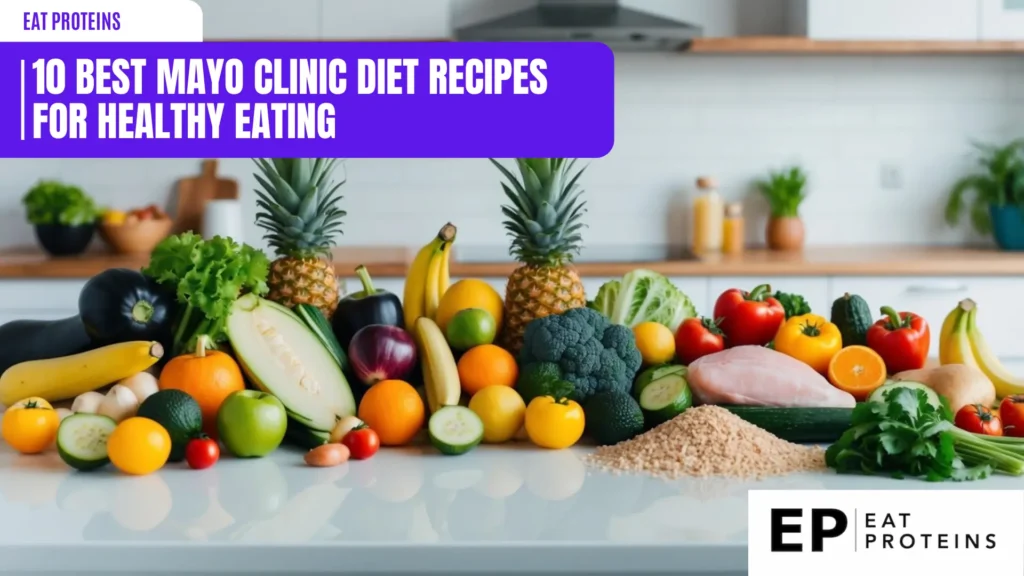
The Mayo Clinic Diet is a well-known approach to healthy eating that emphasizes balanced nutrition. In this article, I will share the 10 best recipes from the Mayo Clinic Diet that are easy to prepare and promote overall wellness. Each recipe is designed to be delicious while supporting weight loss and healthy living.
Whether you’re looking to make a complete lifestyle change or simply add healthier meals to your routine, these recipes can fit into various dietary plans. I believe that using simple, wholesome ingredients can make a big difference in how we feel and function every day.
1. Avocado and Mango Smoothie
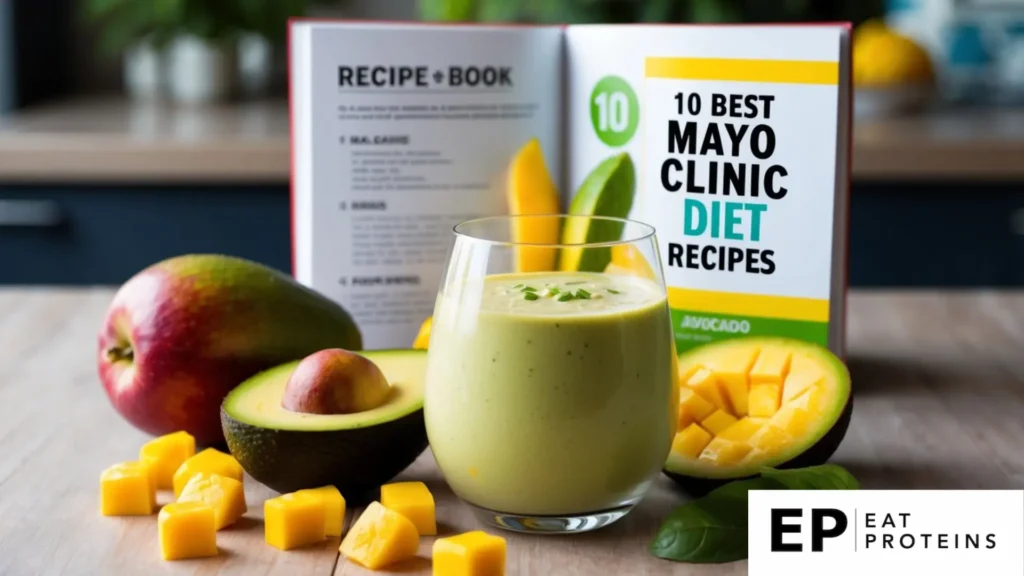
The Avocado and Mango Smoothie is a delicious and nutritious drink. It combines creamy avocado with sweet mango, creating a balanced texture and flavor. Both ingredients are rich in vitamins and healthy fats.
This smoothie is easy to make and only requires a few simple steps. Here’s how I prepare it:
- Gather your ingredients: 1 ripe avocado, 1 ripe mango, 1 cup of spinach (optional), 1 cup of almond milk, and a tablespoon of honey (optional).
- Cut the avocado and mango into chunks.
- Place the avocado and mango in a blender.
- Add the spinach if you like added nutrition.
- Pour in the almond milk.
- Blend until smooth. If it’s too thick, add more almond milk.
- Taste the smoothie. If you prefer it sweeter, add the honey and blend again.
- Pour into a glass and enjoy!
This drink is a great way to start my day or as a refreshing snack. It’s packed with nutrients that support my health.
2. Grilled Chicken Salad with Mango and Avocado
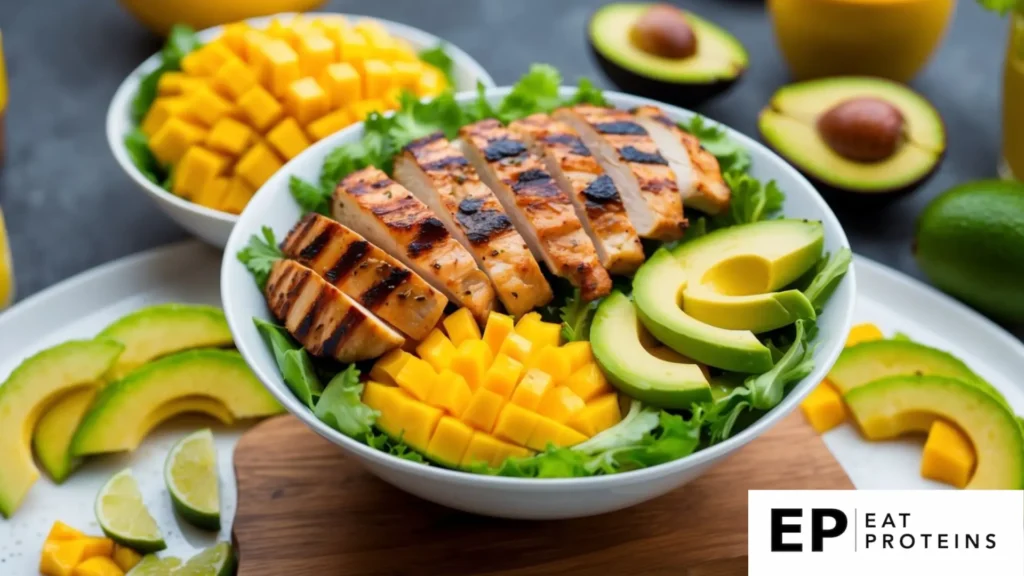
I find Grilled Chicken Salad with Mango and Avocado to be a refreshing and nutritious choice. This salad combines lean protein from chicken with healthy fats from avocados and vitamins from mangoes.
Making this salad is quite easy. You only need a few simple ingredients and some basic cooking steps.
First, I season boneless chicken breasts with salt, pepper, and olive oil. Then, I grill them for about 6-7 minutes on each side until fully cooked.
Next, I chop fresh mango and avocado into bite-sized pieces. I also prepare some mixed greens for the base of the salad.
Once the chicken has cooled, I slice it into strips and add it to the greens. I then gently fold in the mango and avocado.
For the dressing, I mix lime juice, a bit of honey, and more olive oil. I drizzle this over the salad.
This dish is not only tasty but also packs a variety of nutrients. It’s perfect for a light lunch or dinner.
3. Quinoa and Black Bean Stuffed Peppers

Quinoa and black bean stuffed peppers are a healthy, filling meal. Quinoa is a whole grain that is high in protein and gluten-free. It pairs well with black beans, making this dish both nutritious and satisfying.
Making these stuffed peppers is simple. I typically follow these steps:
- Preheat my oven to 375°F (190°C).
- Cook 1 cup of quinoa according to package instructions.
- In a bowl, mix the cooked quinoa with 1 can of drained black beans, 1 cup of diced tomatoes, and spices like cumin and paprika.
- Cut the tops off 4 bell peppers and remove the seeds.
- Stuff each pepper with the quinoa mixture.
- Place them in a baking dish and bake for 30-35 minutes until the peppers are tender.
This dish is not only easy to prepare but also great for meal prep. I often make extra to enjoy for lunch later in the week.
4. Salmon with Asparagus and Lemon

Salmon with asparagus and lemon is a healthy and tasty dish. It offers lean protein and important vitamins. This meal is easy to prepare, making it great for a weeknight dinner.
To make this dish, I follow these simple steps:
- Preheat the oven to 400°F (200°C).
- Place salmon fillets on a baking sheet lined with parchment paper.
- Arrange asparagus around the salmon.
- Drizzle both with olive oil, and sprinkle with salt and pepper.
- Squeeze fresh lemon juice over the salmon and asparagus.
- Bake for 12-15 minutes or until the salmon is cooked through and flakes easily.
This recipe is not only quick but also brings together flavors that enhance the natural taste of the salmon. The lemon adds a refreshing touch, while the asparagus provides a nice crunch.
I enjoy this dish because it is nutritious and satisfying. It’s an easy way to incorporate healthy ingredients into my meals.
5. Baked Sweet Potato Fries
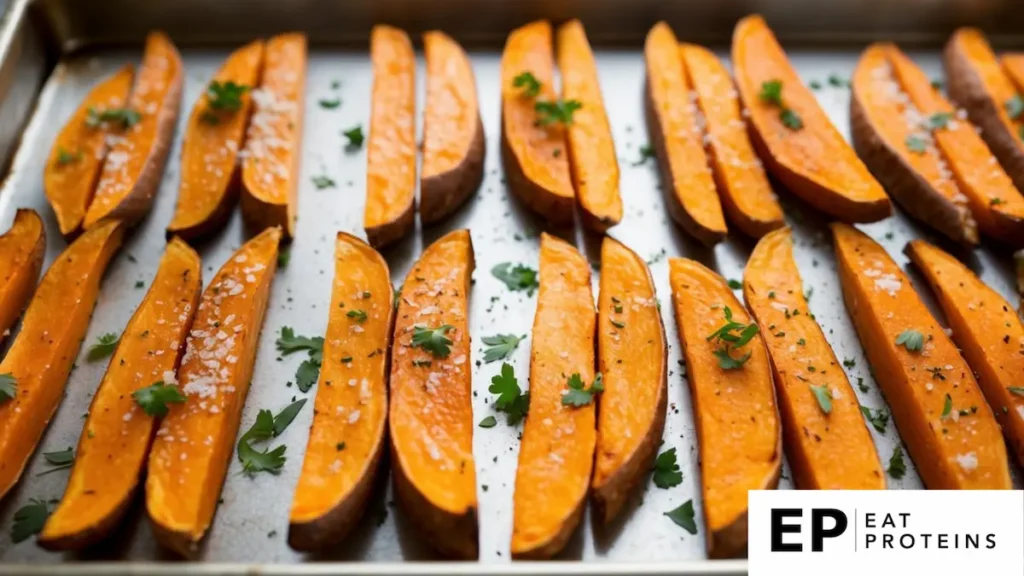
Baked sweet potato fries are a healthy alternative to regular fries. They provide a good source of vitamins and minerals, especially vitamin A. They are easy to make and can be a tasty snack or side dish.
To prepare them, I start by preheating my oven to 425°F (220°C). I peel two sweet potatoes and slice them into thin strips. It’s important to keep the pieces even for uniform cooking.
Next, I toss the sweet potato strips in a bowl with a tablespoon of olive oil and some salt for flavor. Sometimes I add a sprinkle of paprika or garlic powder for an extra kick.
I spread the fries out in a single layer on a baking sheet. This helps them get crispy. I bake them in the oven for about 25-30 minutes, turning them halfway through.
Once they are golden brown, I take them out and let them cool slightly before serving. These baked sweet potato fries are not only delicious but also fit well into the Mayo Clinic Diet, promoting healthier eating habits.
6. Cauliflower Rice Stir-Fry

Cauliflower rice stir-fry is a simple and healthy dish. It uses grated cauliflower as a low-carb alternative to regular rice. This makes it a great option for those watching their carbohydrate intake.
I find it easy to prepare. You need just a few ingredients, and it can be ready in around 20 minutes. The key steps are straightforward.
- Start by grating one head of cauliflower to make 4 cups of cauliflower rice.
- Heat 2 tablespoons of olive oil in a large skillet over medium heat.
- Add 1 cup of chopped vegetables, like bell peppers or broccoli, and sauté for 3-4 minutes.
- Stir in the cauliflower rice and cook for another 5-7 minutes, stirring occasionally.
- Season with soy sauce and your choice of spices.
This dish is versatile. I can add proteins like chicken, shrimp, or tofu if I want something heartier. The fresh vegetables in the stir-fry provide good vitamins and minerals. So, it’s not only tasty but also nutritious.
7. Greek Yogurt and Berry Parfait
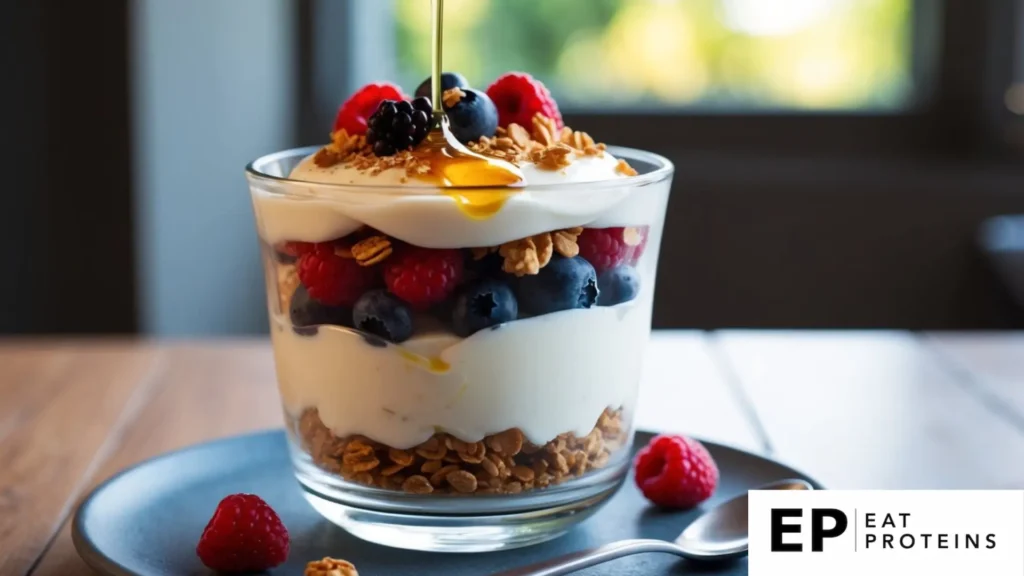
A Greek yogurt and berry parfait is a simple and delicious snack or breakfast option. It combines layers of creamy Greek yogurt, fresh berries, and often some crunchy granola. This dish is packed with protein and vitamins, making it a healthy choice.
Making a parfait is easy and quick. To start, I gather my ingredients: Greek yogurt, a mix of berries like strawberries, blueberries, and raspberries, and some granola.
Here are the steps to create my parfait:
- Choose a glass or bowl to serve the parfait.
- Add a layer of Greek yogurt at the bottom, about half a cup.
- Layer in a mix of berries on top, adding about a quarter cup.
- Sprinkle granola over the berries, using about two tablespoons.
- Repeat the layers until the glass is full, finishing with a layer of berries on top.
This parfait is not only easy to make, but it also looks appealing. It’s a great way for me to enjoy a nutritious treat any time of the day.
8. Lentil and Vegetable Soup

Lentil and vegetable soup is a delicious and nutritious option that fits well into the Mayo Clinic Diet. It is packed with protein, fiber, and vitamins. This soup helps support a healthy diet.
Making this soup is easy and takes about 30 minutes. I love how quickly I can prepare a healthy meal.
To make lentil and vegetable soup, follow these simple steps:
- In a large pot, heat 1 tablespoon of olive oil.
- Add 1 chopped onion, 2 diced carrots, and 2 diced celery stalks. Cook for 5 minutes.
- Stir in 2 cloves of minced garlic and cook for another minute.
- Add 1 cup of rinsed lentils, 6 cups of vegetable broth, and 1 teaspoon of dried thyme.
- Bring to a boil, then reduce heat. Simmer for 25 minutes until lentils are tender.
- Add 2 cups of chopped spinach or kale before serving.
This soup is versatile, so feel free to add your favorite veggies. Enjoy it hot for a warming meal.
9. Spinach and Feta Stuffed Chicken Breast
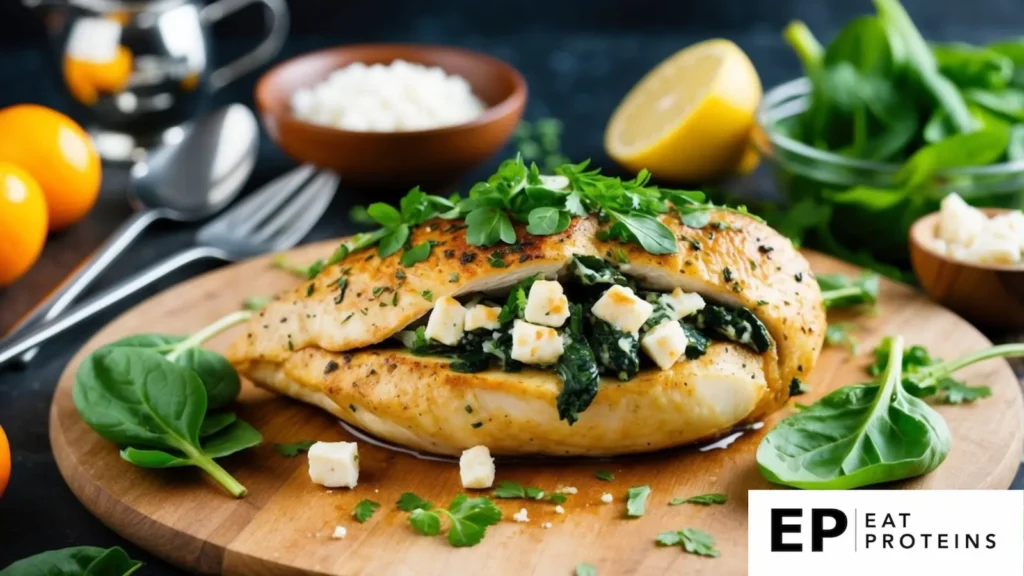
Spinach and Feta Stuffed Chicken Breast is a tasty and healthy dish. It combines tender chicken with fresh spinach and creamy feta cheese. This meal is perfect for anyone looking to enjoy a flavorful, low-calorie option.
I find this recipe easy to make. It takes about 30 minutes from start to finish. Here are the simple steps I follow:
- Preheat the oven to 375°F (190°C).
- In a bowl, mix 1 cup of fresh spinach and ½ cup of crumbled feta cheese.
- Slice 2 chicken breasts horizontally to create pockets.
- Stuff the spinach and feta mixture into each chicken breast.
- Season with salt, pepper, and a drizzle of olive oil.
- Place the chicken in a baking dish and bake for 25-30 minutes.
This dish pairs well with a side salad or steamed vegetables. It’s a great way to boost my vegetable intake while enjoying a delicious meal.
10. Vegetable and Hummus Wrap

The Vegetable and Hummus Wrap is a simple, healthy meal option. It combines fresh vegetables with hummus, all wrapped in a tortilla. This dish is easy for anyone to make.
To prepare, I start by gathering my ingredients. I use a whole wheat tortilla, a spread of hummus, and a mix of my favorite vegetables. Common choices include cucumbers, bell peppers, and carrots.
Here are the quick steps to make it:
- Spread about 2 tablespoons of hummus evenly on the tortilla.
- Layer a variety of sliced vegetables on top, like 1/4 cup of cucumbers and 1/4 cup of bell peppers.
- Roll the tortilla tightly, folding in the sides as I go.
- Slice the wrap in half for easier eating.
This wrap is great for lunch or a snack, providing both flavor and nutrition. Plus, it takes just a few minutes to prepare. Enjoying this dish helps me reach my daily vegetable intake while sticking to the Mayo Clinic diet.
What Are the Benefits of the Mayo Clinic Diet?
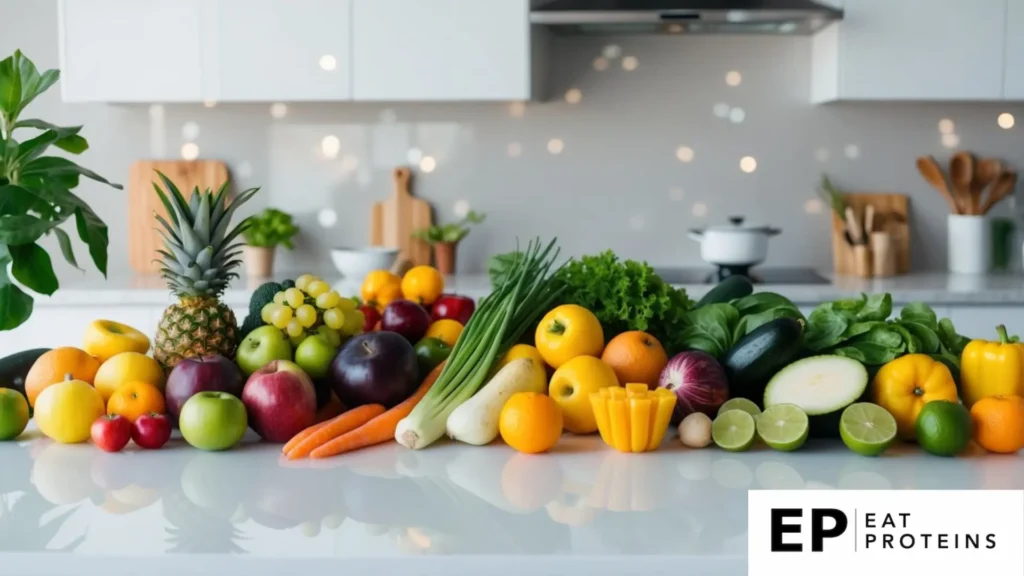
The Mayo Clinic Diet offers specific benefits that can greatly improve health and well-being. I find that these advantages are rooted in its nutritional profile and long-term impact on health.
What Are the Nutritional Advantages of the Mayo Clinic Diet?
One of the key benefits of the Mayo Clinic Diet is its focus on whole foods. This diet emphasizes fruits, vegetables, whole grains, and lean proteins. Such foods are packed with essential nutrients.
- High Fiber: The diet’s emphasis on fruits and vegetables provides plenty of fiber, aiding digestion and long-term weight management.
- Low in Processed Foods: By minimizing processed foods, I reduce my intake of unhealthy fats and sugars.
Additionally, this diet encourages balanced meals. Each meal includes a variety of food groups, which helps ensure I get a wide range of nutrients needed for good health.
How Does the Mayo Clinic Diet Impact Long-Term Health?
Following the Mayo Clinic Diet can lead to significant long-term health improvements. Research indicates that this diet may help with weight management and prevent chronic diseases.
- Heart Health: The focus on healthy fats and whole grains supports cardiovascular health. It can lower cholesterol levels and reduce heart disease risk.
- Diabetes Management: I appreciate that this diet includes guidelines for managing blood sugar. Eating balanced meals helps stabilize energy levels throughout the day.
Adopting this diet can shift my eating habits toward healthier choices, making it easier to maintain a healthy lifestyle over time.
What Are the Principles of the Mayo Clinic Diet?
The Mayo Clinic Diet emphasizes healthy eating and lifestyle changes. It is built on two key principles: focusing on plant-based foods and practicing portion control. Both are crucial for achieving and maintaining a healthy weight.
How Does the Mayo Clinic Diet Focus on Plant-Based Foods?
I find that plant-based foods are at the heart of the Mayo Clinic Diet. This includes fruits, vegetables, whole grains, legumes, nuts, and seeds. These foods are low in calories but high in nutrients.
Eating a variety of plant-based foods can help boost my overall health. They are rich in vitamins, minerals, and fiber, which aids digestion and keeps me full longer.
I aim to fill half my plate with fruits and vegetables at each meal. This not only adds color but also variety to my diet. Healthy recipes often include leafy greens and colorful veggies, making meals more interesting and satisfying.
What Are Some Portion Control Strategies in the Mayo Clinic Diet?
I realize that portion control is essential in managing my weight effectively. The Mayo Clinic Diet encourages me to be mindful of serving sizes.
Using smaller plates can trick my brain into thinking I’m eating more. I also pay attention to my hunger cues, eating slowly and stopping when I feel satisfied, not stuffed.
Additionally, I often prepare meals at home, which allows me to control ingredients and portions more easily. Keeping track of portions helps maintain a balanced diet while still enjoying my favorite foods.
How Can You Adapt Recipes for the Mayo Clinic Diet?
When cooking with the Mayo Clinic diet, adapting recipes can help meet personal tastes and dietary needs. I find that ingredient substitutions and healthier cooking methods make a big difference in maintaining flavor while promoting health.
What Ingredient Substitutions Are Suggested in the Mayo Clinic Diet?
I often use substitutions to make recipes lighter or more suitable for my diet. Here are some common swaps:
- Greek Yogurt for Sour Cream: This swap adds creaminess and protein while reducing fat.
- Cauliflower Rice for Regular Rice: This lower-carb option increases vegetable intake and fiber.
- Zucchini Noodles for Pasta: A great way to cut carbs while enjoying a favorite dish.
- Apple Sauce for Oil or Butter: This reduces calories and adds natural sweetness in baked goods.
These substitutions help retain taste without compromising health benefits.
What Are Healthy Cooking Methods for the Mayo Clinic Diet?
Changing cooking methods can significantly impact the nutritional value of meals. I often choose the following techniques:
- Grilling: This method adds flavor without extra oils. It’s great for vegetables and lean meats.
- Steaming: I steam vegetables to preserve their nutrients and flavor. It’s quick and requires no added fats.
- Baking Instead of Frying: Baking foods like chicken or potatoes cuts down on unhealthy fats and calories.
- Sautéing with Broth: Using broth instead of oil for sautéing vegetables keeps dishes flavorful and prevents sticking.
These cooking methods enhance meals while keeping them aligned with dietary goals.
